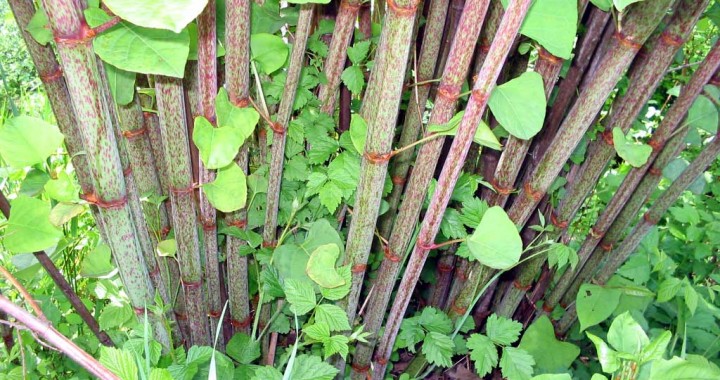
The highly invasive Japanese Knotweed is a common sight on roadsides, riverbanks and derelict buildings. It may even be popping up in your garden. Anyone with experience of this pesky plant will know the damage it can cause and how difficult it can be to eradicate. However, here are 10 facts about Japanese Knotweed that you may not know…
Fact 1
Japanese Knotweed was first introduced to the UK in the early 19th century. It was considered to be an ornamental plant although it was also used as feed for cattle.
Fact 2
Rather than using seeds, Japanese Knotweed spreads through is crown, the underground stem (known as the rhizome) and stem segments.
Fact 3
One section of rhizome can produce a new plant in 10 days.
Fact 4
Japanese Knotweed is edible for humans. It’s said to have a flavour similar to rhubarb with a hint of lemon. The plant is also a good source of vitamin C.
Fact 5
The Government estimates it would take £1.5billion to clear the infestation of Japanese Knotweed in the UK.
Fact 6
Japanese Knotweed can grow by 10cm a day.
Fact 7
Tall above ground, Japanese Knotweed has a big reach underground too. The root network can extend to 3m in depth and 7m in all directions.
Fact 8
Japanese Knotweed isn’t a pest in its native country because natural enemies like certain insects help to control it. These aren’t present in the UK.
Fact 9
In March 2010, a trial began in England where an insect from Japan was released. The tiny Aphalara itadori feeds on Japanese knotweed but isn’t harmful to native plants or wildlife. The two control sites will be monitored for five years to measure the impact this bug has on the plant.
Fact 10
If Japanese Knotweed is flagged up in a survey on your new home, the lender may refuse your mortgage.
If you’re concerned about Japanese Knotweed on your property, contact our knowledgeable team for a free survey. Call 01273 775941 today.




